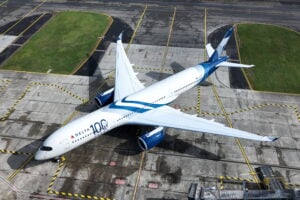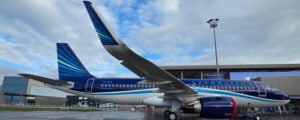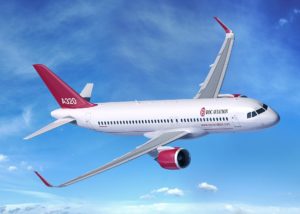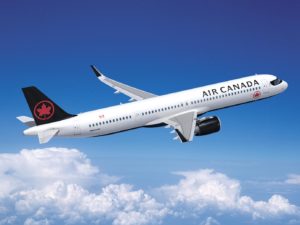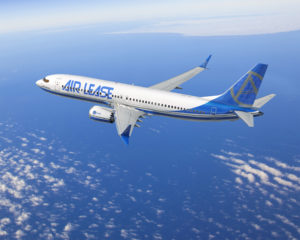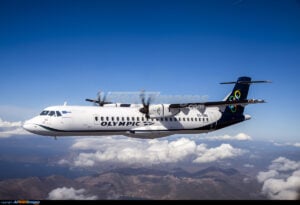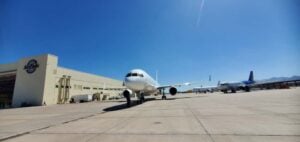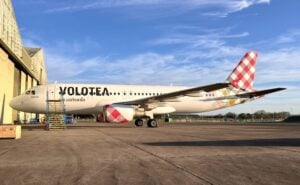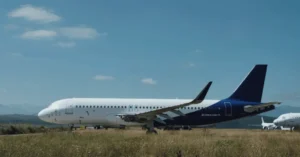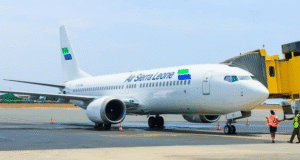In its latest Global Services Forecast (GSF), Airbus predicts that global demand for aviation services will rise by 10% year on year in 2025 and continue to expand alongside the growth in air traffic. By 2044, the total market value is expected to reach around US$311 billion, representing a compound annual growth rate of 3.6%.
With nearly half of the world’s fleet of aircraft above 100 seats produced by Airbus, the service market supporting these aircraft offers significant long-term potential. Global passenger numbers are forecast to reach five billion in 2025, placing increasing pressure on airlines to maintain high fleet availability, reliability, and operational performance. As air travel expands, Airbus is broadening its role from manufacturer to strategic services partner, providing customers with comprehensive support throughout the aircraft lifecycle.
The GSF identifies five main areas driving this expected growth as the global commercial fleet nearly doubles to more than 49,000 aircraft by 2044 and annual passenger numbers reach 10 billion. Off-Wing Maintenance will remain the largest segment, growing from US$107 billion in 2025 to US$218 billion by 2044, driven by the ageing and expanding fleet. Material supply, which represents 85% of this category’s value, highlights the increasing need for dependable parts support and repair capability. On-Wing Maintenance will rise from US$21 billion to US$34 billion, covering inspections and heavier maintenance checks in line with fleet expansion.
Modifications and Upgrades will increase from US$12 billion to US$17 billion, reflecting the demand for enhanced cabins and systems that improve passenger comfort and extend aircraft lifespan. Digital and Connectivity will be the fastest-growing sector, climbing from US$9 billion in 2025 to US$26 billion by 2044, as airlines adopt smart technologies such as predictive maintenance, data-driven operations, and seamless onboard connectivity. Training will also expand from US$10 billion to US$17 billion, with more than 2.35 million new aviation professionals required by 2044, including 633,000 pilots, 705,000 technicians, and 1.01 million cabin crew.
“With the reclustering of the Airbus GSF, we now consider a broader ecosystem in which our customers operate,” said Cristina Aguilar Grieder, SVP Customer Services at Airbus. “Digital solutions are becoming powerful multipliers, enabling operators to grow without compromising reliability or cost. This could unlock more than US$83 billion in annual operational savings, as the number of digitally connected aircraft increases from 11,000 today to over 40,000 by 2044.”
Airbus is also examining two additional areas of customer demand. Maintenance Operations Support covers engineering services, technical records, inventory management, and fleet-wide planning for both operators and MROs. Ground Operations focuses on the link between airside efficiency and aircraft turnaround performance, where technological developments are driving new service opportunities. By 2044, China, Europe (including the CIS), and North America will be the three largest services markets, while South Asia, China, and the Asia-Pacific region will lead global growth, reflecting a shift in the aviation landscape towards these dynamic regions.



